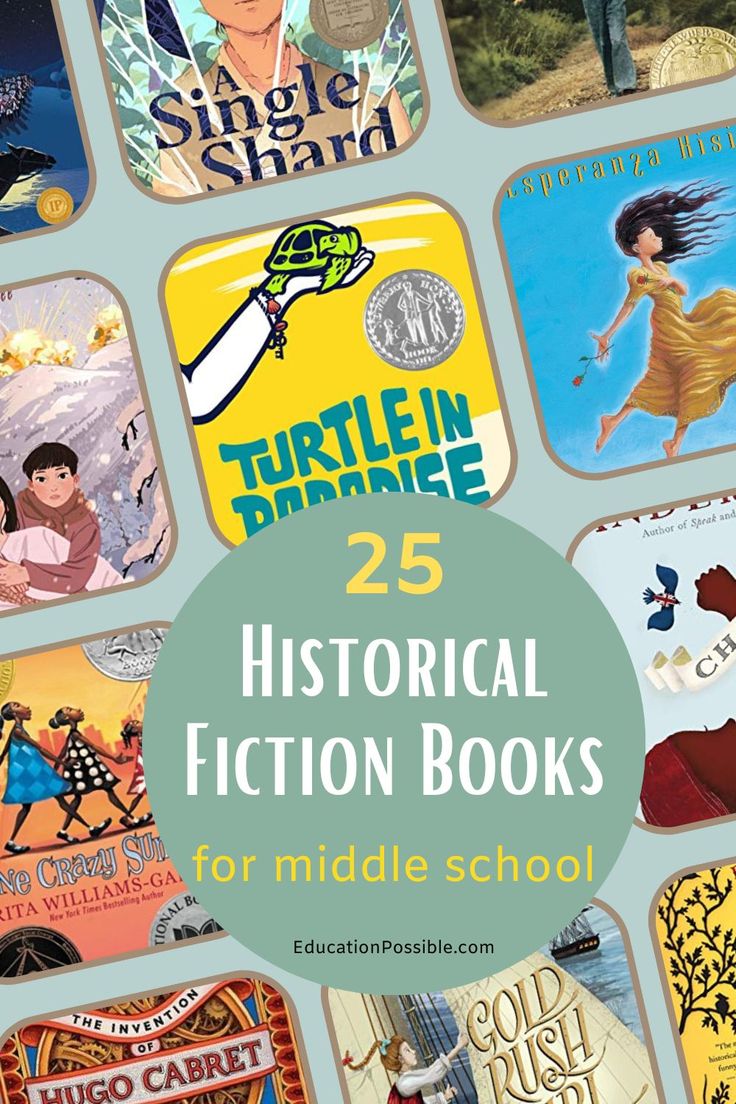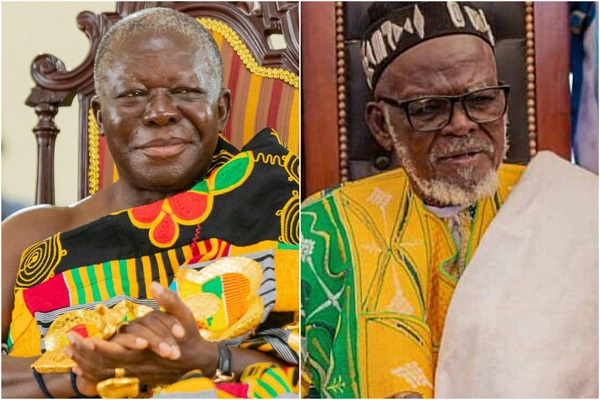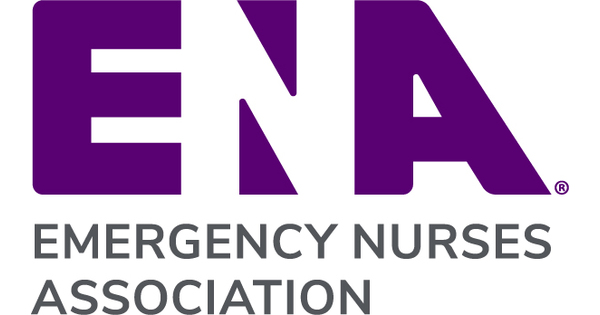How Parents can Inspire a Love of History in Children
Children are naturally curious – especially when it comes to the past. You may have experienced your child asking at dinner time what life was like in the past or why certain things are the way they are today. This curiosity is a valuable treasure that parents can encourage not only at school but also at home. After all, to understand the present we need to know the past!
Let’s talk about how we can bring history to life for our children and help them to learn independently and with joy.
History is much more than memorizing dates. It helps children to think critically, develop empathy and understand the world better. Learning about the past teaches children to recognize connections and adopt different perspectives. In addition, learning history promotes important skills such as reading, research and cultural awareness.
History doesn’t have to be dry or boring. It can be wonderfully integrated into everyday family life:
Children learn best when they are allowed to follow their own interests. Help your child to explore independently:
Especially on the Internet, it is important to pay attention to the quality and reliability of sources. While there are literally millions of history websites, blogs and social media influencers, you’ll often find articles that appear to be solid at first glance but are unreliable when you look more closely.
Online classes can also be a valuable supplement, offering structured guidance and curated materials that align with educational goals. These platforms often integrate historical content into broader learning modules, helping students understand context and chronology more effectively.
Look for the following features in online resources:
Here are some of the most-used history websites that you can use to teach your children about history:
The non-profit World History Encyclopedia offers verified, well-founded articles, images, videos, podcasts and interactive teaching materials on all periods of world history. Its content is easy to read (also for children) but in line with academic standards: The contributions peer-reviewed by an editorial team before they are published, which guarantees high quality and reliability. The site is accessible free of charge and inspires with clear maps, timelines and many illustrations – ideal for children and young people who want to discover history.
Wikipedia is one of the best-known online encyclopaedias and is often used for quick research. However, caution is advised here: Although many articles are up-to-date and comprehensive, the quality varies greatly. Errors, gaps or inadequate references can occur, especially in less popular areas of history. Parents and children should therefore use Wikipedia as a starting point and always check the information found there against other reliable sources.
The website History for Kids is aimed specifically at children and offers a wealth of articles, worksheets, games and quizzes on many historical topics. The content is age-appropriate and uses interactive elements and clear explanations to make history particularly accessible and exciting.
Those with a particular interest in art and cultural history will find Smart History a real treasure trove. The site offers multimedia content on artworks from all eras and regions. The videos and virtual tours are particularly exciting, bringing history to life and providing a creative approach.
The British Historical Association provides a wide range of learning materials, podcasts, videos and guides for different age groups. Here you will find thematic overviews as well as in-depth content on eras, personalities and historical events – a valuable addition for older children and young people who want to delve deeper.
The Digital Inquiry Group, formerly known as the Stanford History Education Group (SHEG), offers a wide range of innovative, free materials for history lessons. Particularly noteworthy are the “Reading Like a Historian” lessons, which teach students to critically analyze historical sources, and the “Beyond the Bubble” assessments, which promote historical thinking.
This resource places great emphasis on teaching children to evaluate sources, contextualize them, and compare different perspectives—skills that are also indispensable in everyday life and when using digital information.

In addition to digital offerings, books also play a crucial role in teaching children history in an exciting and understandable way. The book series “ by Susan Wise Bauer is particularly recommended. This four-volume series tells the story of humanity from antiquity to modern times – in clear, entertaining language written especially for elementary school-aged children.
The books are designed to be read aloud by parents or by older children themselves. They contain numerous maps, pictures, stories, myths, and legends from around the world and help children understand the development of civilizations as a coherent narrative. Supplementary workbooks and coloring books invite children to explore the subject creatively.
Other recommended series and books that bring history to life for children include:
You don’t have to be a history expert to inspire your child. It is much more important to ask questions together, stay curious and discuss different points of view. Show them how exciting it can be to discover new things and explore connections – and how important it is to question information critically, especially on the internet.
Every child can develop a love of history – without any pressure or performance stress. Take advantage of the many opportunities to bring history to life in everyday life and accompany your child on their journey of discovery.
With high-quality online resources such as the World History Encyclopedia, a critical look at Wikipedia, child-friendly offers such as History for Kids and in-depth materials from the Historical Association, history becomes an exciting adventure for the whole family!









:max_bytes(150000):strip_icc()/Parents-GuidetoEmojiSlang-bebd8a1f47c74bc99b143e4482170016.jpg)

